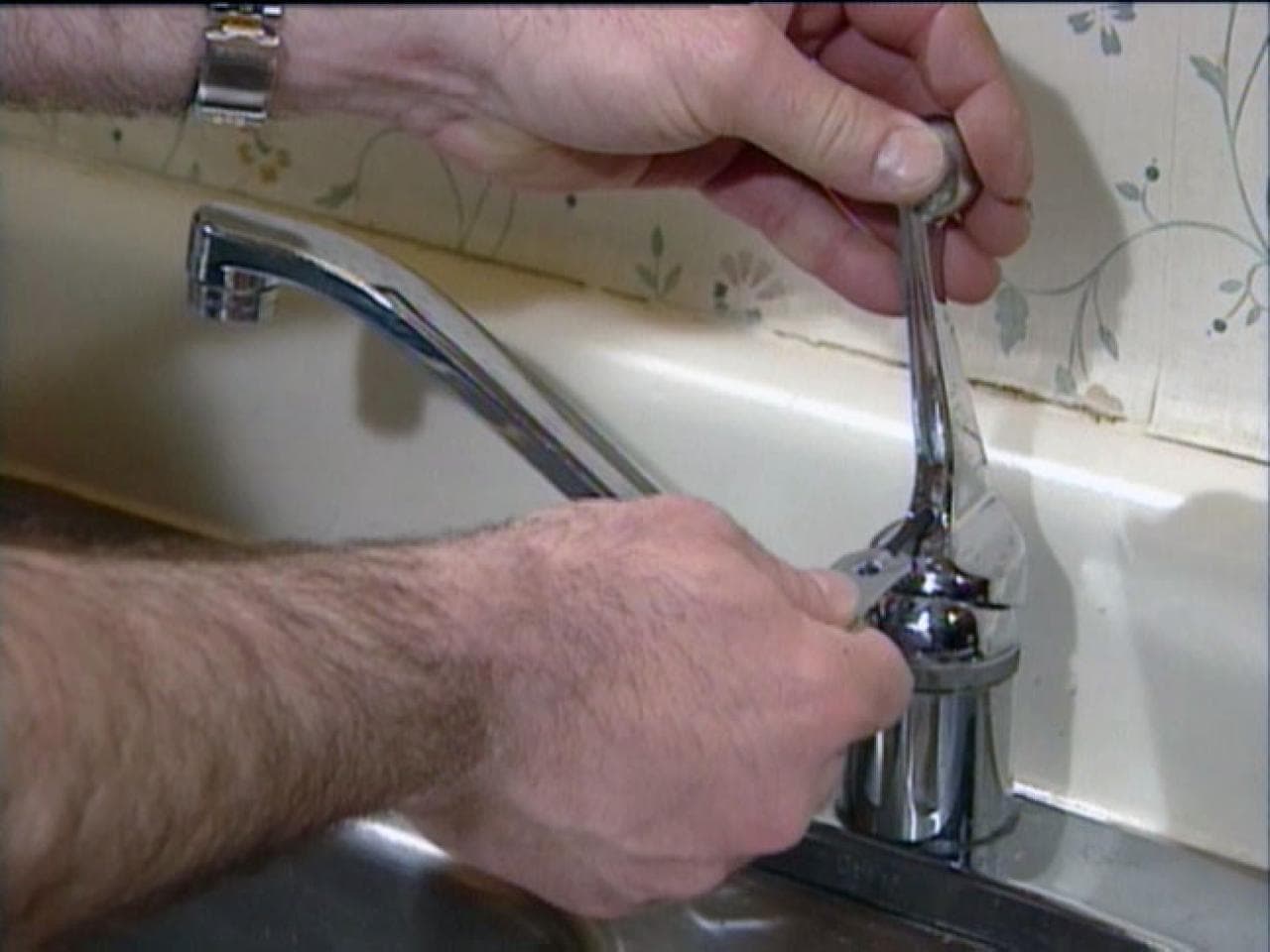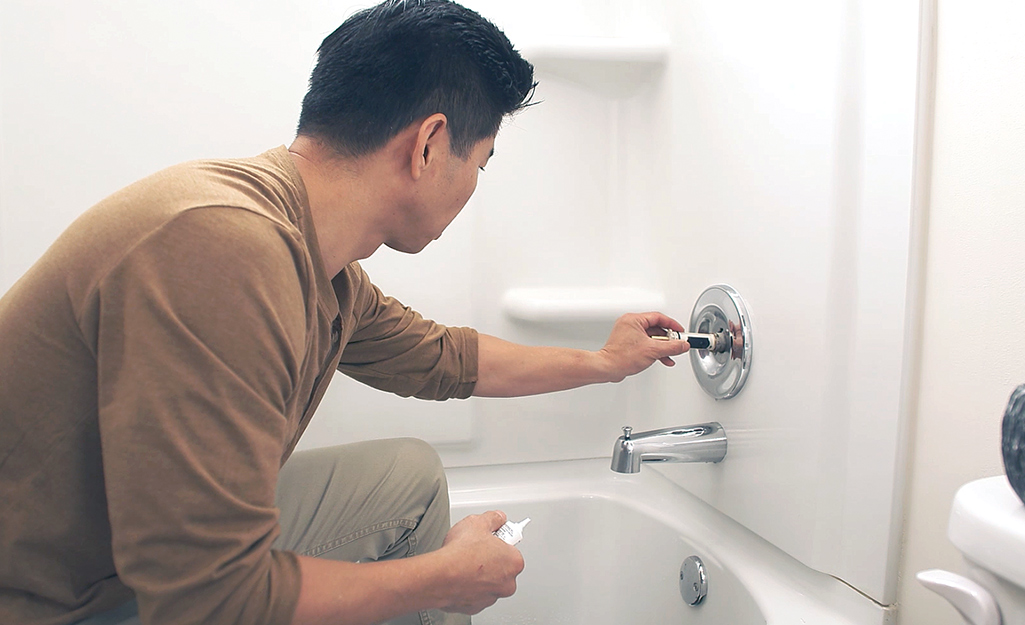An Upsides of Dealing with a Leaking Faucet
An Upsides of Dealing with a Leaking Faucet
Blog Article
How do you feel with regards to Why Is It Important To Fix Your Leaking Tap/Faucet??

Dripping taps could seem like a minor trouble, but their effect exceeds simply the inconvenience of the sound. From drainage to sustaining unneeded economic prices and health and wellness threats, ignoring a trickling faucet can result in various consequences. In this article, we'll explore why it's vital to resolve this usual home issue quickly and successfully.
Wastage of Water
Environmental Influence
Leaking taps contribute dramatically to water wastage. According to the Epa (EPA), a solitary faucet leaking at one drip per secondly can waste greater than 3,000 gallons of water annually. This not only strains water resources however additionally impacts environments and wild animals depending on them.
Step-by-Step Guide to Taking Care Of a Dripping Faucet
Devices Called for
Prior to trying to take care of a trickling tap, collect the required devices, including a flexible wrench, screwdrivers, substitute parts (such as washing machines or cartridges), and plumber's tape.
Common Tap Issues and Their Solutions
Recognize the type of faucet and the specific problem triggering the drip. Typical troubles consist of damaged washers, rusty shutoff seats, or malfunctioning O-rings. Refer to producer instructions or on-line tutorials for step-by-step support on repairs.
Financial Costs
Increased Water Bills
Past the environmental impact, dripping faucets can inflate water expenses significantly. The gathered wastefulness in time translates into greater utility costs, which might have been stayed clear of with prompt repair work.
Prospective Property Damage
Furthermore, long term trickling can bring about harm to components and surface areas surrounding the faucet. Water accumulation can cause discoloration, deterioration, and also structural issues if left unattended, causing additional repair prices.
Health and wellness Issues
Mold and Mold Growth
The constant visibility of moisture from a dripping faucet creates a perfect environment for mold and mildew development. These fungi not just endanger indoor air quality however also posture health dangers, particularly for individuals with respiratory system conditions or allergies.
Waterborne Illness
Stationary water in dripping faucets can end up being a breeding place for microorganisms and other pathogens, boosting the danger of waterborne conditions. Impurities such as Legionella bacteria thrive in stationary water, possibly leading to severe diseases when consumed or inhaled.
DIY vs. Professional Repair service
Advantages and disadvantages of DIY Repair Work
While some may try to deal with a leaking faucet themselves, DIY fixings feature their own set of obstacles. Without appropriate knowledge and devices, DIY efforts can intensify the issue or cause insufficient repair work, extending the trouble.
Advantages of Hiring an Expert Plumber
Hiring a professional plumber makes sure that the underlying root cause of the dripping tap is addressed successfully. Plumbing professionals have the experience and tools to identify and repair tap concerns successfully, saving time and minimizing the danger of more damage.
Ecological Obligation
Individual Payment to Conservation
Taking responsibility for fixing dripping faucets straightens with wider efforts towards water preservation and ecological sustainability. Every individual's actions jointly make a substantial influence on protecting priceless resources.
Lasting Living Practices
By prioritizing prompt repair services and taking on water-saving practices, people contribute to lasting living methods that profit both existing and future generations.
Preventive Measures
Normal Maintenance Tips
To stop dripping taps, execute routine maintenance such as cleaning aerators, examining for leakages, and replacing worn-out components quickly. In addition, take into consideration mounting water-saving tools or updating to more reliable fixtures.
Value of Prompt Repair Works
Dealing with trickling taps as soon as they're noticed stops more water waste and possible damages, inevitably conserving both water and cash in the long run.
Influence On Residential Or Commercial Property Worth
Assumption of Well-Maintained Residential Or Commercial Property
Keeping a building in good condition, consisting of attending to maintenance problems like dripping faucets, enhances its regarded worth and desirability amongst prospective purchasers or renters.
Impact on Resale Worth
Features with well-maintained plumbing fixtures, including taps, command higher resale worths in the realty market. Resolving leaking faucets can contribute to a positive impression throughout residential property examinations and settlements.
Verdict
Resolving a trickling faucet goes beyond simple convenience; it's an important step toward preserving water, lowering economic costs, and protecting wellness and residential property. Whether through DIY repair work or specialist aid, acting to deal with leaking faucets is a tiny yet impactful way to promote accountable stewardship of resources and contribute to a much healthier, extra lasting future.
How to Fix a Leaky Faucet: Step-by-Step Repair Guide
A leaky faucet may seem like a simple annoyance, but if it's not fixed promptly, that leak could cost hundreds to potentially thousands. From water damage to mold, mildew, and high water bills, even a tiny leak can be catastrophic if left unattended. Damage like this can even affect the overall value of your home, so it's important to take the right approach for leaky faucet repair. You may need the help of a plumber in some cases, but we've got a few tips you can try on how to fix a leaky faucet before calling the pros.
Four Faucet Types
When you're learning how to fix a leaky faucet, the first step is knowing what kind of faucet you're working with! There are four common types.
Cartridge Faucets
Cartridge faucets come in one- or two-handled varieties. In one-handled cartridge faucets, hot and cold water combines in a single cartridge. In the two-handled versions, hot and cold water are controlled separately and mixed in the faucet.
Ball Faucets
Ball faucets have a single lever you push up and down to adjust the pressure and rotate to change the temperature. A slotted metal ball controls the amount of water allowed into the spout.
Compression Washer Faucets
They're the oldest type of faucet, but they're still used in many homes — especially older ones. Compression faucets have two separate handles that, when turned, raise or lower the washer that seals a water valve. This valve stops water from flowing through the faucet when it is turned off.
Disc Faucets
Disc faucets rarely need to be repaired due to their maintenance-free design. The water flow is controlled by two discs — the upper one raises and lowers against a fixed lower disc, creating a watertight seal. If your disc faucet starts leaking, you may need to replace the seals or clean residue buildup from the inlets.
Fixing a Leaky Faucet
Step 1: Turn Off the Water
Whether you're learning how to fix a leaky bathtub faucet or how to fix a leaky kitchen faucet, always turn off the water supply to your working area when you're fixing a leak. The last thing you want is a flood added to your list of things to fix.
Look for the shutoff valves below your sink or around the tub and turn them clockwise to stop the water flow. If your faucet doesn't have shutoff valves, you may need to turn off the water for the whole house. Check to make sure it's off by turning the faucet on. If nothing comes out, you're ready to start the repair.
Step 2: Take Apart the Faucet
How you disassemble your faucet depends on the type of fixture you have. You can use a flathead screwdriver to remove the caps on top of the handle or handles for cartridge and compression faucets. Inside, you should see handle screws. Unscrew these with a screwdriver to remove the handle.
Disc- and ball-style faucets will typically have an inlet screw near the handle, and removing that will reveal the interior of the faucet.
Detach the Valve Stem
For cartridge- and compression-style faucets, you'll see the inner valve stem or cartridge once you remove the faucet handles. If you have a compression faucet, unscrew the brass valve stem. If you have a cartridge faucet, pull out the cartridge. If your cartridge has been in place for a while, it may require some tools or extra force to remove it due to mineral deposits.
Examine and Replace Parts
Once you've removed the parts, check them out to confirm what needs to be replaced. You may see corroded rubber washers, O-rings, stems, or cartridges. On a ball-style faucet, check the seats and springs for damage.
If you need to repair a leaky disc faucet, check the inlet and seals on the lower disc.
Once you determine what parts must be replaced, visit your local hardware store. Bring the damaged parts with you to ensure you can purchase the correct components to replace them.
Clean Valves and Faucet Cavity
If you've removed a stem or cartridge, you may notice mineral buildup in the faucet's threads. Use white vinegar to clean the valve seat by soaking it for a few minutes, then scrub it away with a soft toothbrush and rinse with warm water. You can also clean the interior of the faucet in the same way.
Reassemble the Faucet
Once your faucet is cleaned and the required parts have been replaced, it's time to reassemble it. Put the pieces back together and slowly turn the water supply back on. Doing this slowly is crucial because too much initial water pressure can damage the new hardware you've just installed.
https://homewarranty.firstam.com/blog/how-to-fix-leaky-faucet

As an avid person who reads about Water Dripping from Faucet: Why and How to Fix, I imagined sharing that piece was really helpful. Sharing is nice. You won't know, you may be helping someone out. Thank you for being here. Kindly come by our website back soon.
Report this page